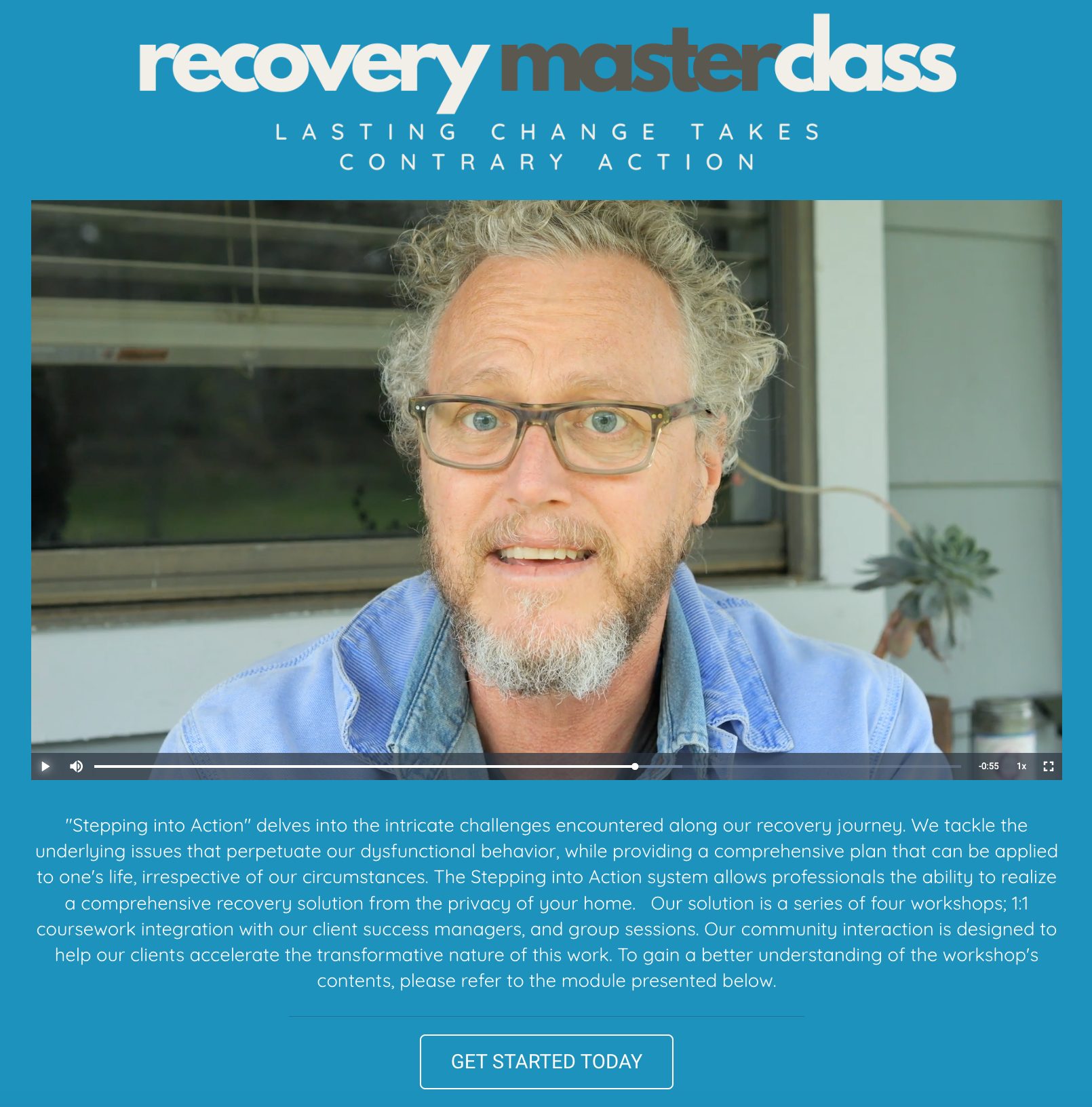Success rates for alcohol treatment methods can vary significantly depending on numerous factors, including the specific type of treatment, the individual's
characteristics and circumstances, and how success is measured. Here’s a general overview of various alcohol treatment methods and the factors that can
influence their success rates: - Detoxification: The first step in treating alcohol addiction is often detoxification, which involves removing alcohol
from the body. Medical supervision may be required for this process. Success rates can be high for the detox phase as it tends to be well-managed, but detox
alone often does not lead to long-term sobriety without further treatment.
- Behavioral Treatments: These include therapies such as cognitive-behavioral
therapy (CBT), motivational interviewing, and family therapy. Success rates vary: - CBT has been shown to be effective, with studies indicating that it
can help individuals reduce their drinking and cope with triggers for relapse. - Motivational Interviewing focuses on enhancing motivation to change
drinking behaviors, with moderately positive outcomes reported.
- Medication-Assisted Treatment (MAT): This involves the use of medications like
naltrexone, acamprosate, and disulfiram to help reduce drinking and prevent relapse. Success with MAT can vary based on adherence to medication schedules and
can be significantly effective when combined with behavioral therapies.
- Residential Treatment Programs: These programs can vary in success rates due to
differences in program length, intensity, and the comprehensiveness of services offered. They are generally effective for those who have severe addiction or co-
occurring disorders.
- Support Groups (e.g., Alcoholics Anonymous or AA): These peer-led groups offer ongoing support. Studies on AA suggest varying
success rates, often depending on participant engagement and the length of participation. Some studies report as high as about 50% abstinence rate after one
year for those actively participating.
- Holistic Approaches: These may include mindfulness, meditation, and yoga. While often used as complementary
techniques, their effectiveness alone in treating alcohol addiction tends to be less documented in scientific literature.
- Dual Diagnosis Treatment: For
individuals with co-occurring mental health disorders, integrated treatment that addresses both issues simultaneously tends to result in better outcomes
compared to treating them separately. ### Factors Affecting Success Rates: - Individual Factors: Age, sex, genetics, family history, and the presence of
co-occurring disorders can all influence treatment outcomes. - Program Factors: The quality of the program, the qualifications of staff, and the
appropriateness of treatment methods to the individual's needs. - Support System: Strong support from family, friends, and community can significantly
enhance treatment outcomes. - Post-Treatment Follow-Up: Continuous support and monitoring after the main treatment phase can help maintain long-term
sobriety. It is important to note that recovery from alcohol dependency is typically seen as a long-term process involving ongoing effort and support. The
notion of "success" can vary individually, where for some, success might mean complete abstinence, while for others, it could mean reduced drinking and harm
reduction.

